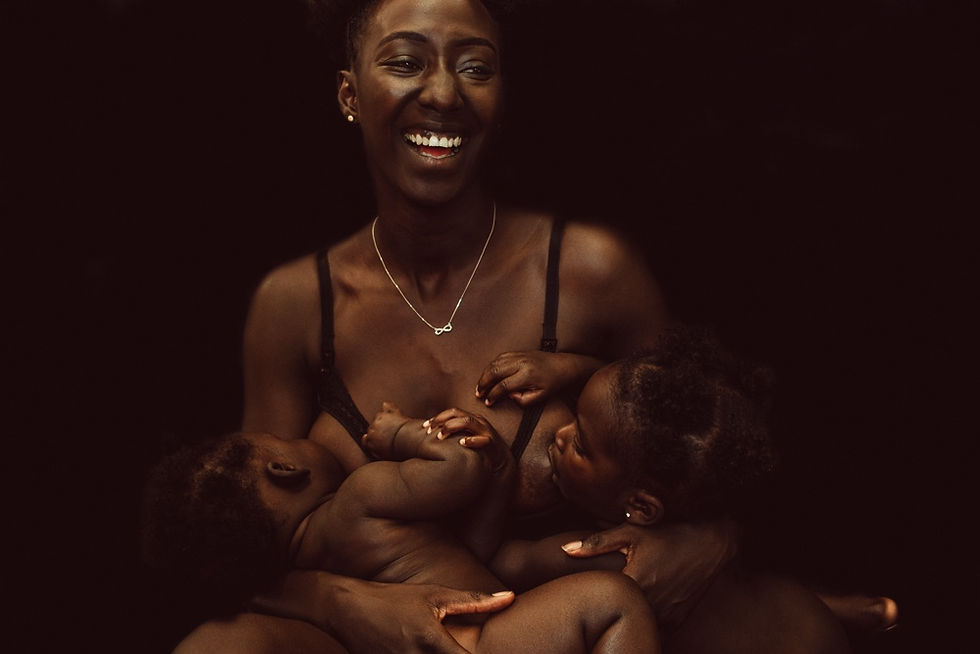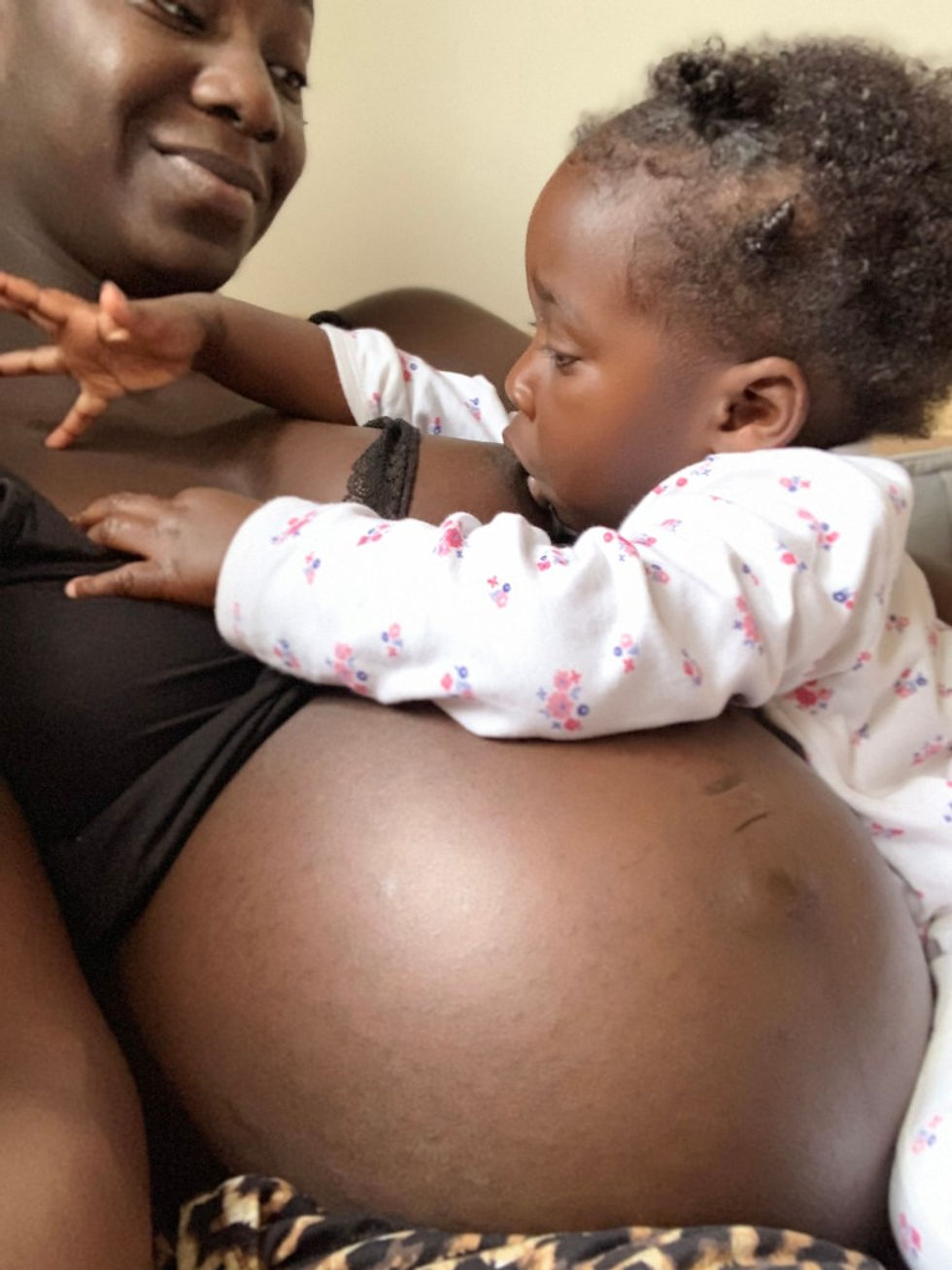Breastfeeding: What is it?
- Chaneen Saliee

- Jul 29, 2018
- 1 min read
Breastfeeding is the natural way of providing infants, toddlers and young children with the nutrients they need for healthy growth and development. This method of feeding offspring has been prominent since the beginning of time.
Mamas use the milk produced by their own breasts or the breasts of another human mother to feed their babies. This can be done through direct breastfeeding or through pumping the milk and then feeding their babies.
At first, colostrum, which is the sticky, yellow, breast milk, is produced at the end of pregnancy. This is recommended by the World Health Organisation as the perfect food for the newborn. It’s not much, it won’t fill up bottles and bottles, but it is the perfect amount for your newborn. Then mother’s milk comes in at around day 3 – 5.
Breastfeeding is a supply and demand process, meaning that the more stimulation and ‘demand’ there is for milk to be produced, the more milk will flow. This is true for both breasts in their own right” if you continually stimulate one breast only that breast will produce a constant flow of milk. This is why it is recommended that you feed or pump from both breasts.
According to the WHO, virtually all mothers can breastfeed, provided they have accurate information, and the support of their family, the health care system and society at large. Exclusive breastfeeding is recommended up to 6 months of age, with continued breastfeeding along with appropriate complementary foods up to two years of age or beyond.





Comments